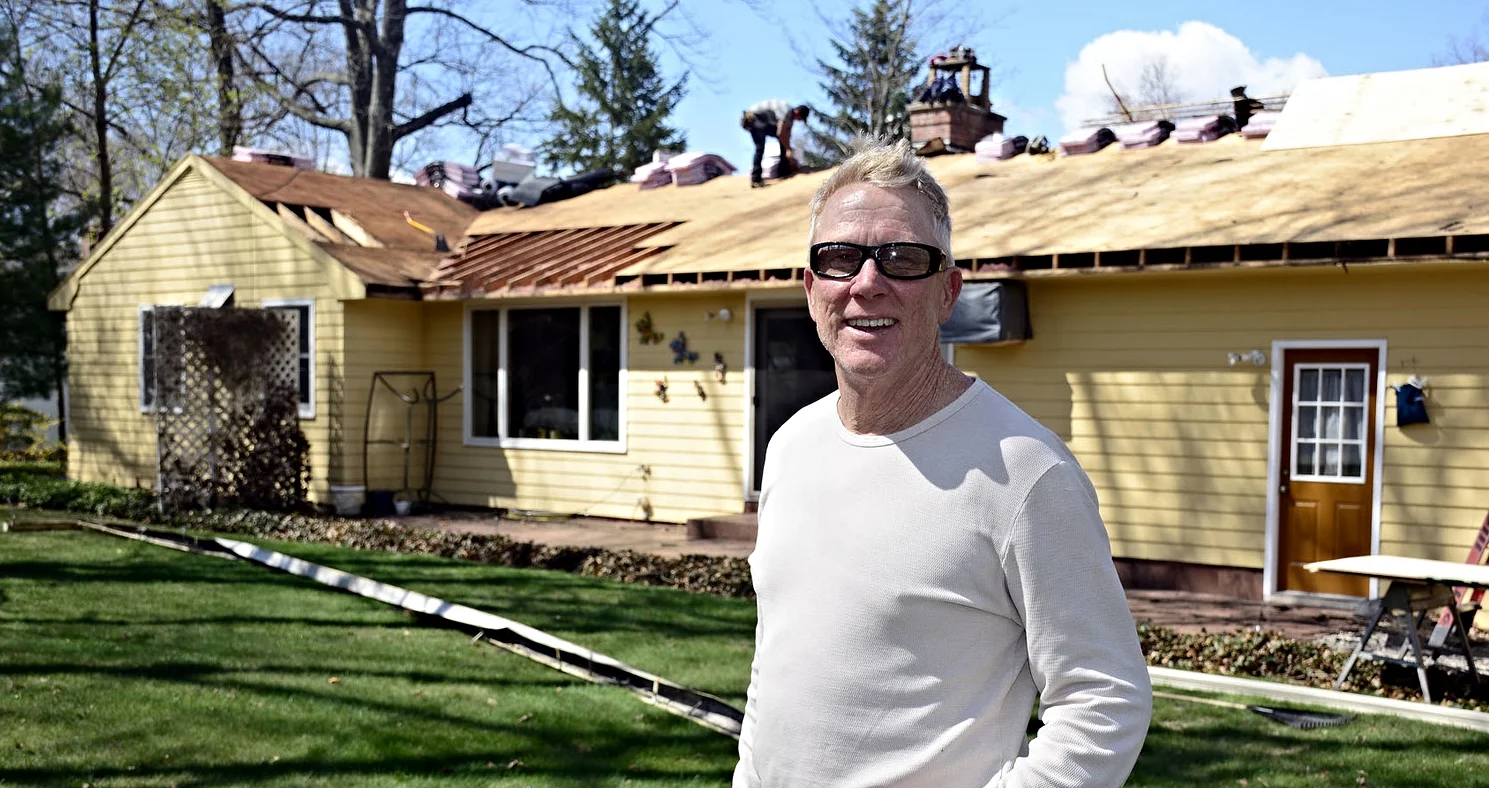Best Practices for Safe and Efficient Leaf Raking
Chelsea O'Donnell
While the falling leaves look beautiful this time of year, the task of raking is one that most homeowners dread. To ensure a tidy yard and make the most of this season, here are some best practices for effective leaf management.
1. Timing is Key: Start your leaf-raking at the right time. Ideally, you should wait until the majority of the leaves have fallen, but if you have physical limitations, tackling the job in stages makes for lighter work. Monitor your trees and the weather to find a sweet spot, and don’t take on more than you can handle.
2. Choose the Right Tools: Invest in the right tools to make your job easier. A good quality rake is essential. There are different types of rakes, such as leaf rakes, thatch rakes, and adjustable rakes. Leaf blowers can also be a time-saving option for larger yards and leaf claws or grabbers make pick-up easier.
3. Plan Your Approach: Before you start raking, take a moment to plan your approach. Determine where you'll pile the leaves and the most efficient route for clearing your yard. It's usually best to work from the outer edges of your yard towards the center, pushing the leaves into piles.
4. Rake Efficiently: While raking, use a smooth and steady motion to guide leaves into piles. Avoid abrupt jerking movements, which can be strenuous on your back and arms. Maintain a comfortable posture, take short breaks to avoid fatigue, and keep those shoulders down.
6. Bagging or Mulching: Decide whether you want to bag the leaves or use a mulching mower to break them down. Bagging is a more thorough approach, but mulching can be an eco-friendly alternative. Mulched leaves can be beneficial for your lawn, as they decompose and enrich the soil.
8. Yard Waste Disposal: Properly dispose of your collected leaves. Many municipalities offer curbside leaf pickup or have designated locations for yard waste. If you choose to compost the leaves, make sure they are free from debris like twigs and branches.
9. Embrace Teamwork: If raking leaves is a strenuous task for you, reach out to your neighbors or community for help via your local Facebook group. Most teenagers would love the opportunity to earn a few extra dollars and help out a neighbor.
10. Maintenance Matters: After you've completed your leaf raking, remember to clean and store your tools properly. Keep your rake clean and dry to extend its lifespan. If you have a gas-powered leaf blower, ensure it's properly maintained and store it safely.
Leaf raking doesn't have to be a daunting chore. By following some best practices, you can make the process more manageable, efficient, and even fun. Remember, the reward is not just a tidy yard but the satisfaction of a job well done and the opportunity to enjoy the outdoors in autumn. Happy raking!
Bob O'Donnell is the owner of O'Donnell Bros, Inc., a Bristol-based home improvement company established in 1975. Email your questions for Bob to info@odonnellbros.com with the subject line “Ask the Pro”. All questions may be considered for publication. To contact Bob for your remodeling needs, call O'Donnell Bros, Inc. at (860) 589-5155 or visit www.odonnellbros.com. Advice is for guidance only.
